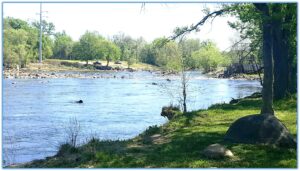Quiet and small or boisterous and crowded – researchers and technicians from CEMML celebrated Earth Day 2016 by planting seeds of sound environmental partnerships. This year found CEMML employees helping plan and direct activities for sponsors and volunteering efforts in their neighborhoods. At no time is CEMML’s commitment to collaborate alongside military and local communities showcased more enthusiastically than on Earth Day.
Here are a few examples shared (so far) by staff from Tinker AFB, Fort Leonard Wood, Kahuku Point in Oahu, and Fort Lee.
For the details behind this happy photo, keep reading!
FORT A.P. Hill
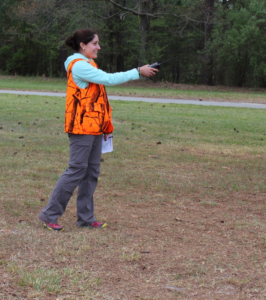
With a theme of “Sustaining the environment for a secure future,” the Army hosted more than 1,000 students at Fort A.P. Hill. Themes ranged from forest fire prevention to animal identification. In all, 59 exhibits and military displays were out for show and ready for kids of all ages to learn and engage. As noted by Mark Books, this event took about a year to organize. Thanks to the significant efforts of CEMML employee Olivia Mills (photo at right), this event was not only put on well, but merited high accolades from Deputy Assistant Secretary of the Army Hershell Wolfe who described the effort as a “super sustainability environmental program”. Here are some of the highlights of that day!
TINKER AIR FORCE BASE
near Oklahoma City, Oklahoma
Thanks to Tom Miller for this submission.
Tom Miller is embedded with the AFCEC Environmental Division at Tinker AFB. On Earth Day, he performed several GPS surveys with Tinker AFB’s Natural Resources Technician, Donna Nolan.
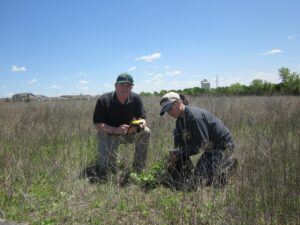
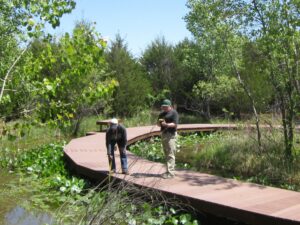
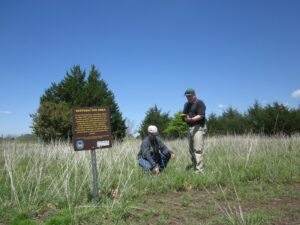
FORT LEONARD WOOD
located in the Missouri Ozarks
Thanks to Jeff Lamb and his team for this submission.
CEMML employees helped Army personnel plan and host an Earth Day celebration on the base that, according to the FLW’s public affair specialist and coordinator, “was the largest Earth Day event held on Fort Leonard Wood in recent years.” Over 750 Pulaski County students, teachers, and Army personnel gathered in the Nutter Field House to have fun and learn. The numerous displays and hands-on demonstrations were set up to give participants more knowledge of how to conserve the Earth’s water, natural, cultural, and wildlife resources. Take a look!
ENVIRONS OF OAHU
near Honolulu, Hawaii
Thanks to Linda Serret for this submission.
Linda Serret supports the AFCEC Pacific Division at Joint Base Pearl Harbor in Hawaii. During the workday she uses her expertise to assist in executing contracts for environmental projects in the Pacific Region – important work but nothing to take pictures about. Instead, Linda shared images from the regular volunteer work she performs in her community.



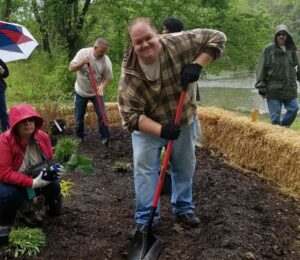
FORT LEE
situated alongside the Tri-Cities of Virginia
Thanks to Sharon Steele and her team for this submission.
In partnership with CEMML, the USAG at Fort Lee led the River Clean-up and Beautification Project at Patton Park in the neighboring city of Petersburg, Virginia. The achievement of this collaboration improved not only the aesthetics of the city’s park, but also improved its overall ecological function. With enthusiastic civic leaders and many residents joining the work and fun, the Base’s long-time bond with their local community strengthened. Win-win!
SITE HISTORY
- The City of Petersburg acquired Patton Park 1993 through a donation from The Petersburg Foundation. The strip of land along the historic Appomattox stretches from the Harvell Dam westward, and encompasses a little more than 3.4 acres of land.
- It was used in the 1700’s as a residential area but eventually became a manufacturing site, heavy with industry.
- Volunteers from Virginia State University, Richard Bland and – significantly – Fort Lee service members built the park by removing 30 communication transmission poles along the railroad track and large amounts of debris that included over 100 tires.

